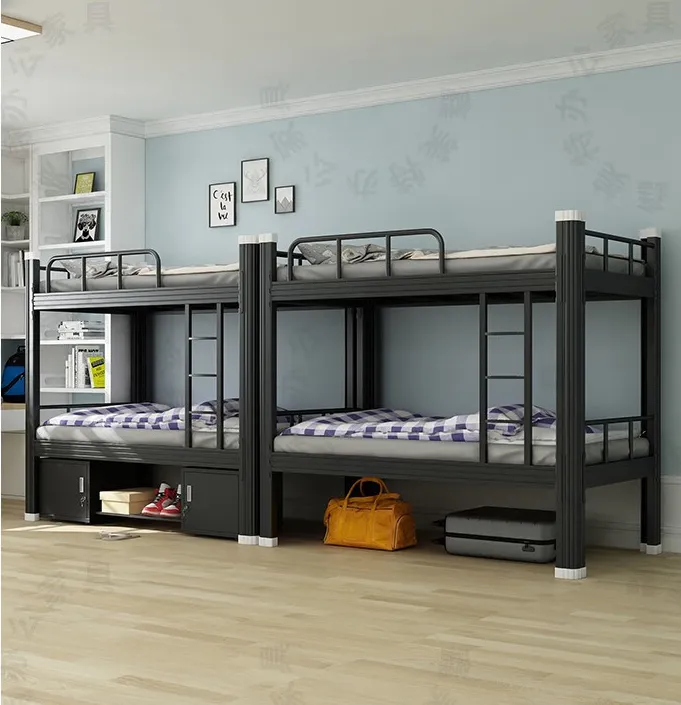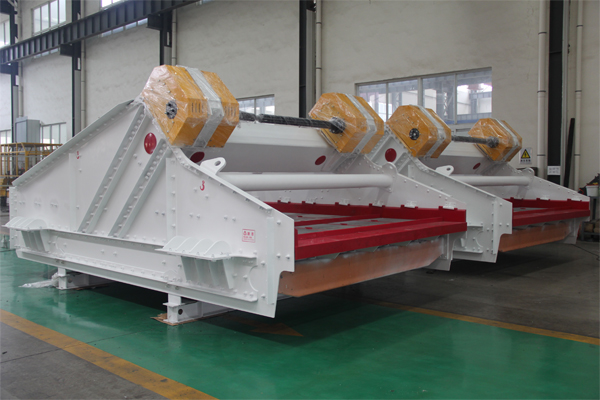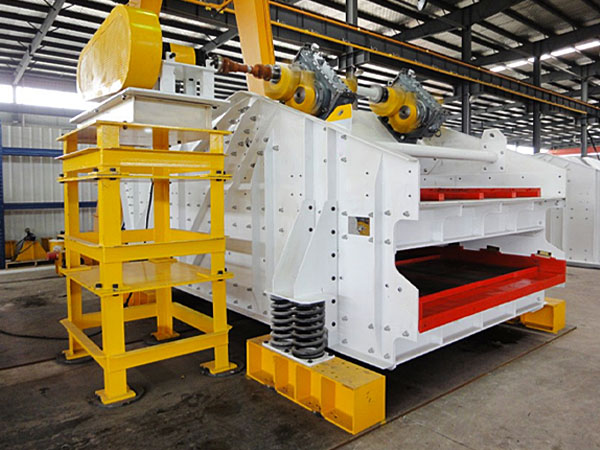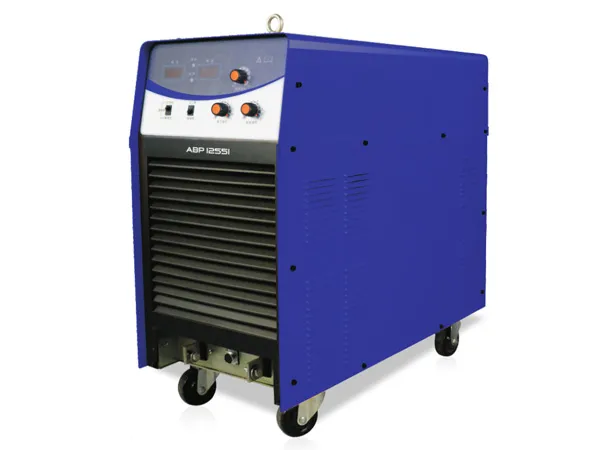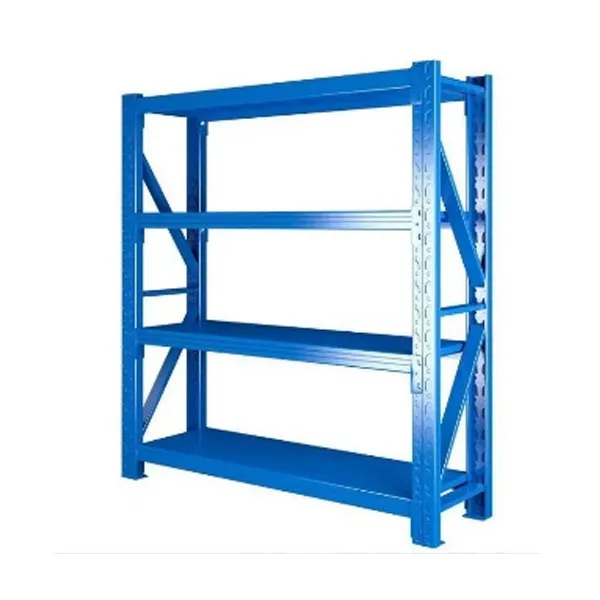Rotary table bearings, also known as slewing bearings or turntable bearings, are critical components used in various applications that require smooth rotation, axial and radial load support, and precise positioning. These bearings feature several key features to facilitate their functionality。
Rotary table bearing characteristics
Large Diameter: Rotary table bearings typically have large diameters to support heavy loads and provide stability during rotation. The diameter can range from several inches to several meters, depending on the application requirements.
Compact Design: Despite their large size, rotary table bearings are designed to be compact to minimize space requirements and installation complexities.
High Load Capacity: These bearings are engineered to withstand significant axial, radial, and even moment loads while maintaining smooth rotation. They are capable of supporting static and dynamic loads encountered during operation.

Dual Axial and Radial Support: Rotary table bearings provide both axial and radial support, allowing for smooth rotation and axial movement while accommodating radial loads.
Gear Teeth or Gear Ring: Many rotary table bearings feature gear teeth or a gear ring integrated into the outer diameter. These gears facilitate the transmission of torque, enabling the bearing to function as a rotary drive or positioning system.
Raceway Design: The raceways in rotary table bearings are specially designed to minimize friction, wear, and noise while maximizing load-carrying capacity and rotational accuracy.
Sealing and Lubrication: Seals and lubrication systems are incorporated into rotary table bearings to protect against contamination, prevent lubricant leakage, and ensure smooth operation over extended periods.

Corrosion Resistance: Depending on the application environment, rotary table bearings may be constructed from materials or coatings that offer corrosion resistance, enhancing durability and longevity.
…
For more detailed information on the characteristics of rotary table bearings, please click here: https://www.boyingbearing.com/en/a/news/rotary-table-bearing-characteristics.html

